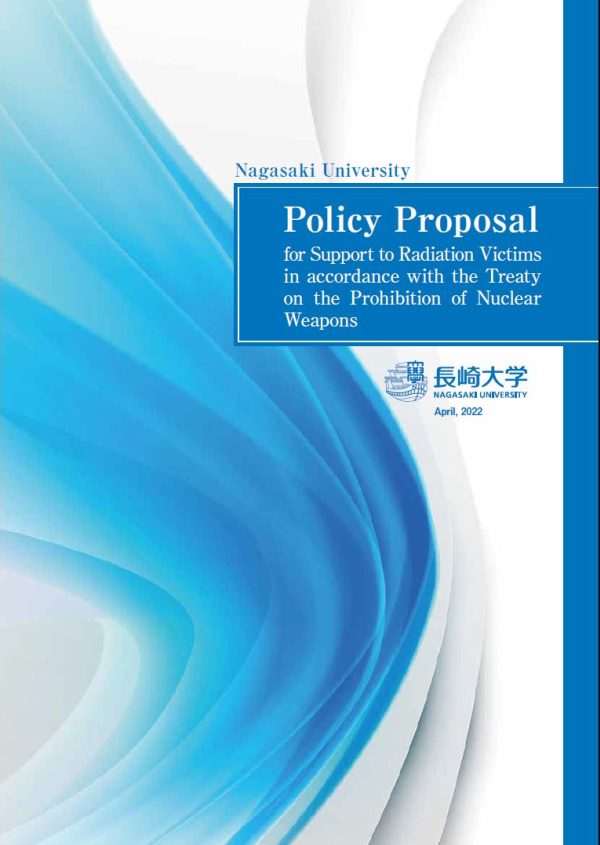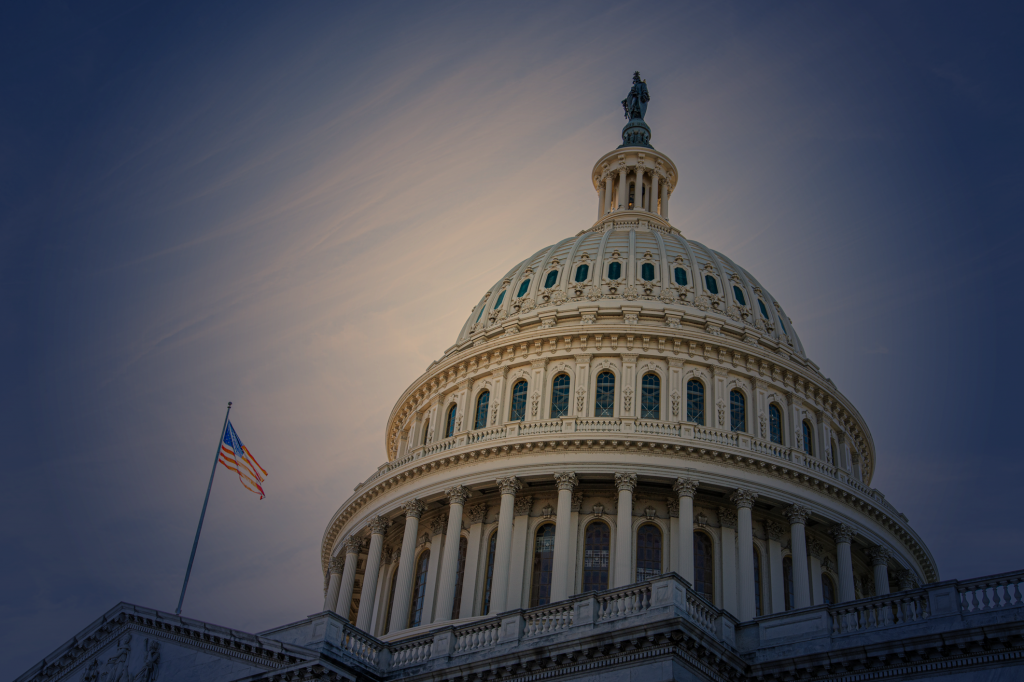2022年2月28日
Research Center for Nuclear Weapons Abolition, Nagasaki University (RECNA) issued Statement on the Russian Invasion of Ukraine and Nuclear Risk on February 25, 2022.
Statement on the Russian Invasion of Ukraine and Nuclear Risk
Research Center for the Nuclear Weapons Abolition, Nagasaki University (RECNA)
February 25, 2022
On February 21, 2022, Russia recognized the independence declarations of the pro-Russian separatists-controlled areas in eastern Ukraine, and on February 24, launched attacks on military facilities and major cities in Ukraine. On February 24, UN Secretary-General António Guterres criticized this move, saying it is inconsistent with the principles of the UN Charter, while the United States, European Union (EU), and Japanese governments decided to impose urgent sanctions. We, RECNA, strongly criticize Russia’s military invasion and express our deepest concern about the serious harm to the nuclear disarmament and non-proliferation regime and the increasing nuclear risk. We also affirm the risks posed by nuclear weapons and demand that nuclear disarmament is an imperative.
1. The risk of nuclear weapons use
It was reported that President Lukashenko of Belarus said on February 20 that Belarus was ready to host Russian nuclear weapons1 and, on February 24, President Putin made remarks that appeared to threaten nuclear strikes2. Even if they emphasized that their intentions are only for “deterrence” or “threat,” if the military confrontation is aggravated, the risk that nuclear weapons will be used may increase. Such nuclear threats pose the danger of fundamentally overthrowing international order and stability. In order to prevent confrontations among states from escalating to nuclear war, immediate suspension of military operations and dialogue among the countries concerned are urgently needed.
2. Risk of accidents at nuclear facilities in Ukraine
On February 24, it was reported that Russian troops had seized control of the Chernobyl nuclear power plant site in Ukraine3. Ukraine is said to have 15 nuclear power plants in operation at four sites, and nuclear power accounts for more than 50% of the total electricity generated. There are six nuclear power plants near the northern Belarusian border and nine near the southern Crimea region. Although a direct attack on these nuclear power plants is unlikely to occur, partly due to the fact that the Protocol Additional to the Geneva Conventions of 12 August 1949, and the Protection of Victims of International Armed Conflicts (Protocol I), 8 June 1977, prohibit attacks on nuclear power plants (also ratified by Russia), the safety of nuclear power plants may not be ensured in wartime4. There is also the danger of contingencies such as large-scale power outages caused by battles, or accidents due to the resistance or escape of nuclear power plant operators. In this context, too, the earliest possible cessation of military operations is imperative.
3. Risk of degrading the nuclear disarmament and non-proliferation regime
Immediately after the Cold War, with the collapse of the former Soviet Union, approximately 4,000 nuclear weapons were left in Ukraine5. These were not owned by the Ukrainian government, but in 1994, Ukraine asked for a security assurance as a condition for the return of all its nuclear weapons, leading to the Budapest Memorandum (1994)6, agreed by the United States, United Kingdom, and Russia. However, now that it has become clear that the promise was broken, the Ukrainian government must feel betrayed7. There are concerns that the fear of other countries facing security threats, including nuclear threats, may lead to nuclear proliferation. The damage to diplomatic efforts for the North Korean denuclearization and the restoring of the Iran nuclear deal will be immeasurable.
The Russian military invasion of Ukraine has deepened the gulf between the United States and Russia, and the future of disarmament among the nuclear superpowers has become even more uncertain. Military actions that do not even hesitate to threaten the use of nuclear weapons and shun opportunities for disarmament are acts in violation of the obligation to pursue negotiations in good faith for nuclear disarmament, as set forth in Article VI of the Nuclear Non-proliferation Treaty (NPT). Together with its betrayal of Ukraine, which has denuclearized and joined the NPT, Russia bears an extremely heavy responsibility. It is in Russia’s interest to prevent the increased risk of nuclear proliferation and the growing distrust of the NPT, and it should immediately stop military action and decide to restore Ukraine to its original state.
1 Tim McNulty, “Ukraine Crisis: Vladimir Putin ready to deploy ‘super nuclear weapons’ on Belarus border”, Express, February 20, 2022. https://www.express.co.uk/news/world/1569066/Ukraine-Crisis-Russia-Vladimir-Putin-latest-nuclear-weapons-Belarus-World-War-3-vn
2 Roger Cohen, “Putin, warning against interference, says that Russia is a ‘powerful nuclear state’”, The New York Times, February 24, 2022. https://www.nytimes.com/live/2022/02/24/world/russia-attacks-ukraine#putin-nuclear-war-ukraine
3 Gul Tusyz, Anastasia Graham-Yooll, Tamara Qiblawi and Roman Tymotske, “Russian forces seize control of Chernobyl nuclear plant, Ukrainian official says”, CNN, February 24, 2022. https://edition.cnn.com/2022/02/24/europe/ukraine-chernobyl-russia-intl/index.html
4 Isabella Begoechea, “Nuclear risk from war in Ukraine isn’t targeted missiles but accidental hits on reactors, safety expert warns”, inews, Feb.23, 2022. https://inews.co.uk/news/world/ukraine-war-nuclear-risk-russia-missiles-accidental-hits-reactors-1478269
5Robert S. Norris, “The Soviet Nuclear Archipelago”, Arms Control Today, Vol.22, No.1, “Loose Nukes Special Issue”, January/February 1992. pp.24-31. https://www.jstor.org/stable/23624674?refreqid=excelsior%3A1cb8c641bcdbc3918b92567baedec9d3&seq=2#metadata_info_tab_contents
6Budapest Memorandum on Security Assurance. The United States, United Kingdom, and Russia agreed to provide security assurance to Belarus, Kazakhstan, and Ukraine in response to their decision to join the NPT. Signed on December 5, 1994.
7 Editorial Board of Wall Street Journal, “How Ukraine was Betrayed in Budapest: Kyiv gave up its nuclear weapons in return for security assurances. So much for that”, Wall Street Journal, February 23, 2022. https://www.wsj.com/articles/how-ukraine-was-betrayed-in-budapest-russia-vladimir-putin-us-uk-volodymyr-zelensky-nuclear-weapons-11645657263?mod=hp_opin_pos_6#cxrecs_s
Top of Page ⇑
>> RECNA’s EYE




















